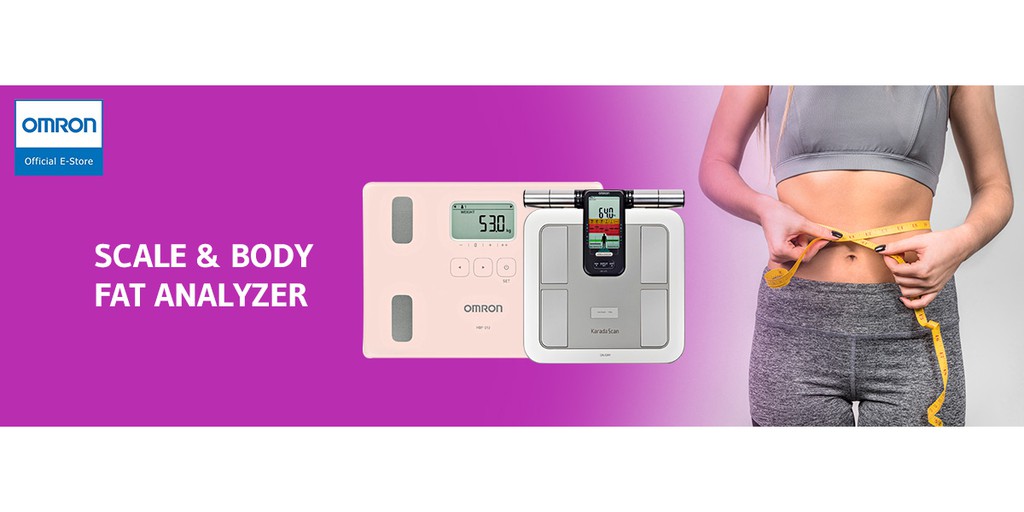Chest X-ray medical test
Learn about Chest X-ray medical tests, including what the tests are used for, why a doctor may order a test, how a test will feel, and what the results may mean.
What is Chest X-ray?
A chest x-ray is a common diagnostic x-ray that produces images of the heart, lungs, airways, blood vessels and the bones of the spine and chest. An x-ray (radiograph) is a non-invasive medical test that helps physicians diagnose and treat medical conditions. Imaging with x-rays involves exposing a part of the body to a small dose of ionizing radiation to produce pictures of the inside of the body.
What the chest X-ray test used for?
The chest x-ray is performed to evaluate the lungs, heart and chest wall and it is first imaging test used to help diagnose symptoms such as breathing difficulties, a bad or persistent cough, chest pain or injury and fever. This examination is used by physicians to help diagnose or monitor treatment for conditions such as pneumonia, heart failure and other heart problems, emphysema, lung cancer, positioning of medical devices, fluid or air collection around the lungs and other medical conditions
How is the procedure performed?
- X-rays is a form of radiation that pass through most objects, including the body. Once it is carefully aimed at the part of the body being examined, an x-ray machine produces a small burst of radiation that passes through the body, recording an image on photographic film or a special detector.
- Typically, two views of the chest are taken, one from the back and the other from the side of the body as the patient stands against the image recording plate. The radiologists will position the patient with hands on hips and chest pressed against the image plate. For the second view, the patient's side is against the image plate with arms elevated.
- Patients who cannot stand will be asked to positioned lying down on a table for chest x-rays. You must hold very still and may be asked to keep from breathing for a few seconds while the x-ray picture is taken to reduce the possibility of a blurred image. The radiologists will walk behind a wall or into the next room to activate the x-ray machine.
- When the examination is complete, you may be asked to wait until the radiologist determines that all the necessary images have been obtained. The entire chest x-ray examination, from positioning to obtaining and verifying the images, is usually takes within 15 minutes. Tell your doctor and the radiologists if there is a possibility you are pregnant. Leave jewellery at home and wear loose, comfortable clothing. You may be asked to wear a gown.
What will be the results interprets?
A chest X-ray produces a black-and-white image that shows the organs in your chest. Structures that block radiation appear white, and structures that let radiation through appear black. Your bones appear white because they are very dense. Your heart also appears as a lighter area. Your lungs are filled with air and block very little radiation, so they appear as darker areas on the images. A radiologists/doctor that are trained to interpret X-rays and other imaging exams will analyses the images, looking for clues that may suggest if you have heart failure, fluid around your heart, cancer, pneumonia or another condition.


